Considering a rhinoplasty in the Dominican Republic? You're not alone! This Caribbean nation has become a popular destination for medical tourism, offering skilled surgeons and potentially more affordable prices for cosmetic procedures like nose jobs. But what exactly does that mean for your wallet and your well-being? This comprehensive guide will answer the most pressing questions people are searching for, helping you make an informed decision.
The cost of a rhinoplasty in the Dominican Republic typically ranges from $2,500 to $6,500 USD. This is often significantly lower than what you might pay in countries like the United States or Canada, making it an attractive option for many. However, it's crucial to understand that this is an estimated range, and the final price can vary based on several factors.
This blog post will delve into everything you need to know about getting a nose job in the Dominican Republic, from the detailed cost breakdown and factors influencing the price to finding qualified surgeons and understanding the recovery process. We aim to provide you with the reliable information you need, addressing common queries found on AI platforms, forums, and search engines.
What is the Average Cost of a Rhinoplasty in the Dominican Republic?
"The average cost of a rhinoplasty in the Dominican Republic is generally between $3,000 and $5,000 USD."
This figure represents a common price range, but it's essential to remember that "average" doesn't mean "fixed." Several elements can push your individual cost of a rhinoplasty towards the lower or higher end of this spectrum. For instance, a simple tip refinement will likely cost less than a complex reconstructive rhinoplasty or a revision surgery. The surgeon's experience and the clinic's reputation also play significant roles. Always aim for a personalized quote from your chosen surgeon.
The allure of a lower price tag is a primary driver for many considering rhinoplasty abroad. While the savings can be substantial, it's paramount to ensure that the quality of care and safety standards are not compromised. Later sections will explore how to vet surgeons and clinics to ensure you're getting both value and excellent medical attention.
What Factors Influence the Cost of a Nose Job in the Dominican Republic?
"Several factors influence the final cost of a nose job in the Dominican Republic, including the surgeon's experience, the complexity of the procedure, clinic fees, anesthesia costs, and pre- and post-operative care."
Let's break down these factors:
Surgeon's Expertise and Reputation: Highly experienced and renowned rhinoplasty surgeons in the Dominican Republic may charge more for their services. Their track record, specialization (e.g., ethnic rhinoplasty, revision rhinoplasty), and the demand for their skills contribute to their pricing. While it might be tempting to opt for a cheaper, less experienced surgeon, remember that your face is involved, and expertise is crucial for a successful outcome.
Complexity of the Rhinoplasty: Not all nose jobs are the same. A minor correction, like refining the nasal tip or removing a small bump, will generally be less expensive than a procedure requiring significant structural changes, cartilage grafting, or addressing breathing problems (septoplasty) concurrently. Revision rhinoplasties (correcting a previous nose job) are often more complex and, therefore, more costly.
Clinic or Hospital Fees: The type of facility where the surgery is performed impacts the cost. Well-equipped, modern hospitals or accredited surgical centers may have higher facility fees compared to smaller, lesser-known clinics. These fees cover the use of the operating room, nursing staff, and other overheads.
Anesthesia Costs: The anesthesiologist's fee and the type of anesthesia used (general or local with sedation) will be part of the overall bill. General anesthesia, typically used for more extensive rhinoplasties, is usually more expensive.
Pre-operative and Post-operative Care: Costs may include initial consultations, pre-surgical tests (like blood work or EKG), post-surgery medications, follow-up appointments, and any necessary post-operative garments or supplies. It's vital to clarify what's included in the quoted price.
Geographic Location within the Dominican Republic: While the Dominican Republic is a relatively small country, prices might vary slightly between larger cities like Santo Domingo or Santiago and smaller towns or tourist areas.
Understanding these variables will help you have a more informed discussion with potential surgeons and better interpret the quotes you receive.
What is Typically Included in the Rhinoplasty Price in the Dominican Republic?
"A typical rhinoplasty package in the Dominican Republic often includes the surgeon's fee, anesthesia costs, operating room fees, and some post-operative check-ups. However, this can vary significantly between clinics."
It is absolutely crucial to get a detailed, itemized list of what your quoted rhinoplasty price covers. Don't assume anything. Commonly included services might be:
Surgeon's professional fees
Anesthesiologist's fees
Operating room and facility charges
Standard pre-operative tests conducted at the clinic
Basic post-operative medications (e.g., initial painkillers, antibiotics)
Scheduled follow-up visits with the surgeon (in the Dominican Republic)
However, things like prescription medications to take home, specialized post-operative garments, accommodation, travel expenses, and the cost of treating any unexpected complications might not be included. Always ask specific questions like, "Does this price cover all follow-up appointments?" or "What are the costs if I need additional medication or care due to a complication?"
Are there any Hidden or Additional Costs I Should Be Aware Of?
"Yes, there can be potential hidden or additional costs associated with rhinoplasty in the Dominican Republic, such as prescription medications, travel and accommodation, pre-surgery medical evaluations from your home doctor, and fees for revision if needed."
While reputable clinics strive for transparency, it's wise to anticipate potential extra expenses. These could include:
Prescription Medications: The cost of pain relievers, antibiotics, and other necessary medications beyond what's initially supplied.
Travel and Accommodation: Flights to and from the Dominican Republic, plus your stay before and after surgery (often recommended for 7-14 days for initial recovery and follow-ups).
Pre-operative Medical Clearance: Your chosen surgeon in the Dominican Republic will likely require medical clearance from your primary care physician or specialists at home, which involves its own costs.
Laboratory Tests: While some basic tests might be included, more extensive or specific tests, if required based on your health, could be extra.
Post-operative Garments/Supplies: Special tapes, splints, or cleaning solutions needed during recovery.
Revision Surgery Costs: In the event that the initial results are not as desired or complications arise, a revision surgery might be necessary. Understand the surgeon's policy on revisions and the associated costs. Some surgeons may offer a reduced fee for revisions, but this is not always the case.
Travel Insurance with Medical Coverage: Highly recommended to cover unforeseen medical emergencies or complications.
Lost Income: Time taken off work for the surgery and recovery.
Budgeting a little extra (e.g., 10-20% of the quoted price) for these contingencies can provide peace of mind.
How Does the Cost of Rhinoplasty in the Dominican Republic Compare to Other Countries?
"Rhinoplasty in the Dominican Republic is generally more affordable compared to countries like the United States, Canada, the UK, and many Western European nations, often costing 40-70% less. However, it may be comparable to or slightly more expensive than some other medical tourism destinations."
The primary reason for the lower cost of cosmetic surgery in the Dominican Republic is the lower cost of living and operational expenses, including staff salaries and facility overheads, compared to more developed nations. This allows clinics to offer procedures at a more competitive price point without necessarily sacrificing quality, provided you choose a reputable facility and surgeon.
For example, a rhinoplasty that might cost $8,000 - $15,000+ in the US could be in the $3,000 - $6,500 range in the Dominican Republic. However, when comparing with other medical tourism hubs, such as Turkey or Mexico, the prices might be more similar, though specific procedural costs and package inclusions can still vary. It's important to do thorough research on all your options.
Is a Cheaper Rhinoplasty in the Dominican Republic Still Safe?
"A cheaper rhinoplasty in the Dominican Republic can be safe, provided you meticulously research and choose a board-certified surgeon, an accredited clinic with high medical standards, and follow all pre- and post-operative instructions carefully."
Cost should not be the sole determining factor when it comes to surgery. While the Dominican Republic offers affordable rhinoplasty, patient safety must be the top priority. There are many highly qualified, US-trained or equivalently trained plastic surgeons in the Dominican Republic who practice in modern, well-equipped facilities adhering to international safety protocols.
However, as with any country, standards can vary. It is your responsibility as a patient to:
Verify Surgeon Credentials: Check their board certifications (ideally from recognized Dominican or international boards), training, experience specifically in rhinoplasty, and patient reviews.
Assess Clinic Accreditation: Look for clinics that are accredited by reputable international bodies or have strong local accreditations and a provable track record of safety and success.
Read Patient Testimonials and Reviews: Seek out unbiased reviews and before-and-after photos from previous patients.
Have Clear Communication: Ensure you can communicate effectively with the surgeon and their staff, and that all your questions are answered satisfactorily.
Opting for the absolute cheapest option without due diligence can increase risks. Prioritize quality and safety over just the price tag.
How Do I Find a Qualified Rhinoplasty Surgeon in the Dominican Republic?
"To find a qualified rhinoplasty surgeon in the Dominican Republic, look for board certification (e.g., from SODOCIPRE - the Dominican Society of Reconstructive and Aesthetic Plastic Surgery), extensive experience in rhinoplasty, positive patient reviews, and before-and-after photos of their work."
Finding the right surgeon is the most critical step. Here’s a checklist:
Board Certification: Ensure the surgeon is board-certified in plastic surgery. The Dominican Society of Plastic, Reconstructive and Aesthetic Surgery (SODOCIPRE) is the main local regulatory body. Some surgeons may also hold international certifications.
Specialization and Experience: Inquire about their specific experience with rhinoplasty. How many procedures have they performed? Do they specialize in the type of rhinoplasty you need (e.g., ethnic, revision)?
Before & After Photos: Request to see a portfolio of their previous rhinoplasty patients, paying attention to cases similar to yours.
Patient Testimonials: Look for reviews on independent platforms, forums, and the surgeon’s website.
Consultation: Schedule a consultation (even a virtual one initially) to discuss your goals, assess their communication style, and ask pertinent questions. Do they listen to your concerns? Do they explain the procedure and risks clearly?
Hospital Privileges: Confirm at which hospitals or clinics the surgeon operates, and check the credentials of those facilities.
Referrals: If possible, get referrals from trusted sources or medical tourism facilitators who vet their partner surgeons.
Don't hesitate to consult with multiple surgeons before making a decision. Feeling comfortable and confident with your surgeon is paramount.
What Type of Anesthesia is Used for Rhinoplasty and is it Included in the Cost?
"Rhinoplasty is typically performed under general anesthesia or local anesthesia with intravenous sedation. The cost of anesthesia is usually included in the overall surgical quote, but it's crucial to confirm this."
For most comprehensive rhinoplasty procedures, general anesthesia is preferred as it ensures you are completely asleep and comfortable throughout the surgery. The anesthesiologist will monitor your vital signs continuously. For less extensive procedures, such as minor tip work, local anesthesia with IV sedation (twilight anesthesia) might be an option, where you are relaxed and drowsy but not fully unconscious.
Always confirm with the clinic:
What type of anesthesia is planned for your specific procedure?
Is the anesthesiologist board-certified?
Are the anesthesia fees explicitly included in the price quote?
Understanding these details contributes to a safer and more predictable surgical experience.
What is the Recovery Time for Rhinoplasty in the Dominican Republic?
"Initial recovery from rhinoplasty where you'll see significant bruising and swelling subside is about 1 to 2 weeks. However, the nose will continue to refine, and final results may take 6 months to a year, or even longer, to become fully apparent."
Here's a general timeline for rhinoplasty recovery:
First Week: This is when you'll experience the most swelling, bruising (especially around the eyes), and discomfort. A splint and bandages will be on your nose. You'll need to rest with your head elevated. Most external stitches and the splint are usually removed around 7-10 days post-op.
2-4 Weeks: Significant bruising and swelling should have subsided. You'll likely feel comfortable enough to return to most non-strenuous daily activities and work (if it's not physically demanding). However, strenuous exercise and activities that risk bumping the nose should still be avoided.
1-3 Months: Most of the noticeable swelling will be gone, and your new nasal shape will become more apparent. Some subtle swelling, especially at the tip, may persist.
6-12+ Months: The healing process continues. The final, refined shape of your nose will emerge as all residual swelling disappears and tissues settle. The tip of the nose often takes the longest to fully settle.
It's important to follow your surgeon's post-operative instructions meticulously to ensure a smooth recovery and optimal results. This includes attending follow-up appointments, caring for the incision sites, avoiding certain medications, and protecting your nose from injury. When planning your trip to the Dominican Republic for rhinoplasty, factor in at least 7-14 days for the initial recovery phase before flying home.
What are the Potential Risks and Complications of Rhinoplasty?
"Potential risks of rhinoplasty include infection, adverse reaction to anesthesia, bleeding, difficulty breathing through the nose, unsatisfactory aesthetic outcome, numbness, and the need for revision surgery. Choosing an experienced surgeon and following aftercare instructions minimizes these risks."
Like any surgical procedure, rhinoplasty carries inherent risks. While serious complications are uncommon when the surgery is performed by a qualified and experienced surgeon in an appropriate facility, it's vital to be aware of them:
Infection: Antibiotics are typically prescribed to prevent infection.
Bleeding (Hemorrhage): Some bleeding is normal, but excessive bleeding may require intervention.
Adverse reaction to anesthesia: Modern anesthesia is very safe, but reactions can occur.
Numbness or changes in skin sensation: Usually temporary, but can be permanent in rare cases.
Difficulty breathing through the nose: May occur due to internal swelling or an issue with the septum.
Nasal septal perforation: A rare complication involving a hole in the nasal septum.
Unsatisfactory aesthetic result: The nose may not look as expected, or asymmetries might be present.
Persistent pain or swelling: While some discomfort and swelling are normal, prolonged issues should be evaluated.
Scarring: Incisions for open rhinoplasty are usually well-concealed, but issues with scarring can occur.
Need for revision surgery: Further surgery may be required to address complications or achieve the desired aesthetic outcome.
Your surgeon should discuss these potential risks with you in detail during your consultation. Following all pre and post-operative instructions carefully is crucial for minimizing these risks.
Will I Need a Visa for Rhinoplasty in the Dominican Republic?
"Whether you need a visa for the Dominican Republic depends on your nationality. Many nationalities, including US citizens, Canadians, and citizens of many European countries, can enter for tourism (which typically covers medical tourism for short stays) for up to 30 days without a visa, only requiring a valid passport and sometimes a tourist card."
It is essential to check the current visa requirements for your specific country of citizenship well in advance of your planned travel. You can usually find this information on the Dominican Republic's Ministry of Foreign Affairs website or by contacting the Dominican embassy or consulate in your country.
Ensure your passport is valid for at least six months beyond your intended stay. Even if a visa isn't required, you may need to purchase a tourist card upon arrival or online before your trip. Confirm these details to avoid any travel disruptions.
How Long Should I Plan to Stay in the Dominican Republic for Rhinoplasty?
"It is generally recommended to plan a stay of 10 to 14 days in the Dominican Republic for a rhinoplasty. This allows for the pre-operative consultation, the surgery itself, initial recovery, and at least one or two crucial post-operative check-ups, including splint and stitch removal."
While the surgery itself might only take a few hours, the recovery period is key. Your surgeon will want to monitor your initial healing before you undertake a long journey home. A 10-14 day stay typically allows for:
Arrival and Pre-operative Consultation: 1-2 days before surgery.
Surgery Day: 1 day.
Initial Recovery & First Follow-up: 7-10 days post-surgery for splint/stitch removal and a check-up.
Some patients choose to stay longer if they are combining their surgery with a more extended recovery vacation, but the 10-14 day window is a common minimum recommendation for safety and proper immediate aftercare. Discuss the ideal length of stay with your chosen surgeon based on your specific procedure and healing.
Can I Combine My Rhinoplasty with Other Procedures?
"Yes, it is often possible to combine rhinoplasty with other cosmetic procedures in the Dominican Republic. Common combinations include facial procedures like blepharoplasty (eyelid surgery) or a facelift, or even body contouring procedures. However, the decision depends on your overall health and the surgeon's assessment."
Combining surgeries can be cost-effective (reducing overall anesthesia and facility fees) and can consolidate recovery time. However, it also means a longer time under anesthesia and potentially a more demanding initial recovery.
Your surgeon will evaluate your health status, the total operative time, and potential risks before recommending combined procedures. Safety is always the primary concern. Popular combinations with a nose job might include:
Septoplasty: To correct a deviated septum and improve breathing (often done concurrently).
Chin Augmentation: To improve facial balance.
Eyelid Surgery (Blepharoplasty): For overall facial rejuvenation.
Facelift or Mini-Facelift: For more comprehensive facial enhancement.
If you are considering multiple procedures, discuss this with your surgeon during the initial consultation to determine if it's a safe and appropriate option for you.
What Kind of Post-Operative Support Can I Expect in the Dominican Republic?
"Reputable clinics in the Dominican Republic typically offer post-operative support that includes follow-up appointments, instructions for care, and contact information for any concerns after your rhinoplasty. The extent of long-term support after you return home may vary."
During your stay in the Dominican Republic, you should expect:
Detailed post-operative care instructions (medication schedule, wound care, activity restrictions).
Scheduled follow-up appointments with your surgeon.
Contact information for the clinic/surgeon in case of urgent questions or concerns.
Before you choose a surgeon, inquire about their policy for out-of-town patients once they return home. How do they handle follow-up questions? Are they available for virtual consultations if needed? While your primary long-term follow-up might eventually transition to a local doctor in your home country, good communication with your Dominican surgeon in the weeks following surgery is important.
How Do I Pay for Rhinoplasty in the Dominican Republic?
"Payment methods for rhinoplasty in the Dominican Republic vary by clinic but often include cash (US dollars are widely accepted), credit cards, and bank transfers. It's essential to discuss payment options and schedules with the clinic beforehand."
Most clinics will require a deposit to secure your surgery date, with the balance typically due before or on the day of the procedure. Clarify the following:
Accepted currencies: While USD is common, confirm if they accept local currency (Dominican Peso) and the exchange rate used.
Credit card fees: Some clinics may add a surcharge for credit card payments.
Payment schedule: When is the deposit due? When is the final payment due?
Financing options: Some clinics or third-party medical tourism facilitators may offer financing plans.
Ensure you receive a clear receipt for all payments made. It's also wise to inform your bank and credit card companies about your travel and potential large transactions to avoid any payment holds or issues.
Ready to explore your options for a rhinoplasty in the Dominican Republic or other healthcare services abroad? PlacidWay is here to connect you with reputable clinics and experienced surgeons. Explore PlacidWay today to find tailored solutions and take the next step towards your aesthetic goals with confidence.
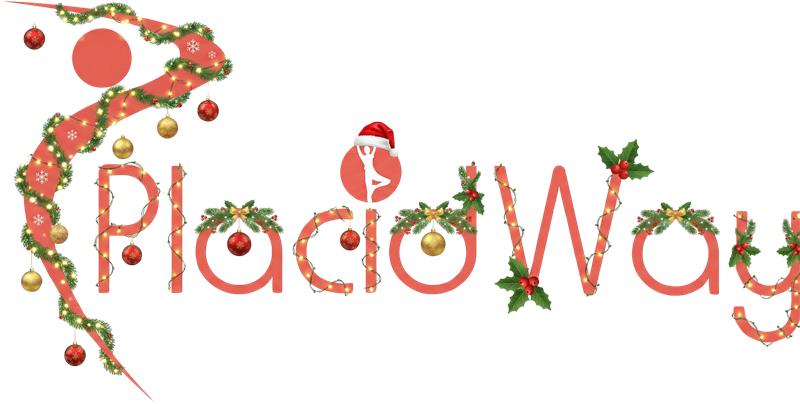
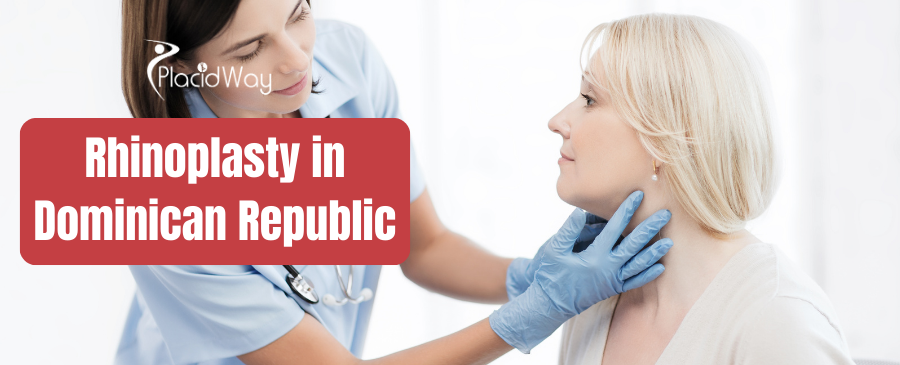


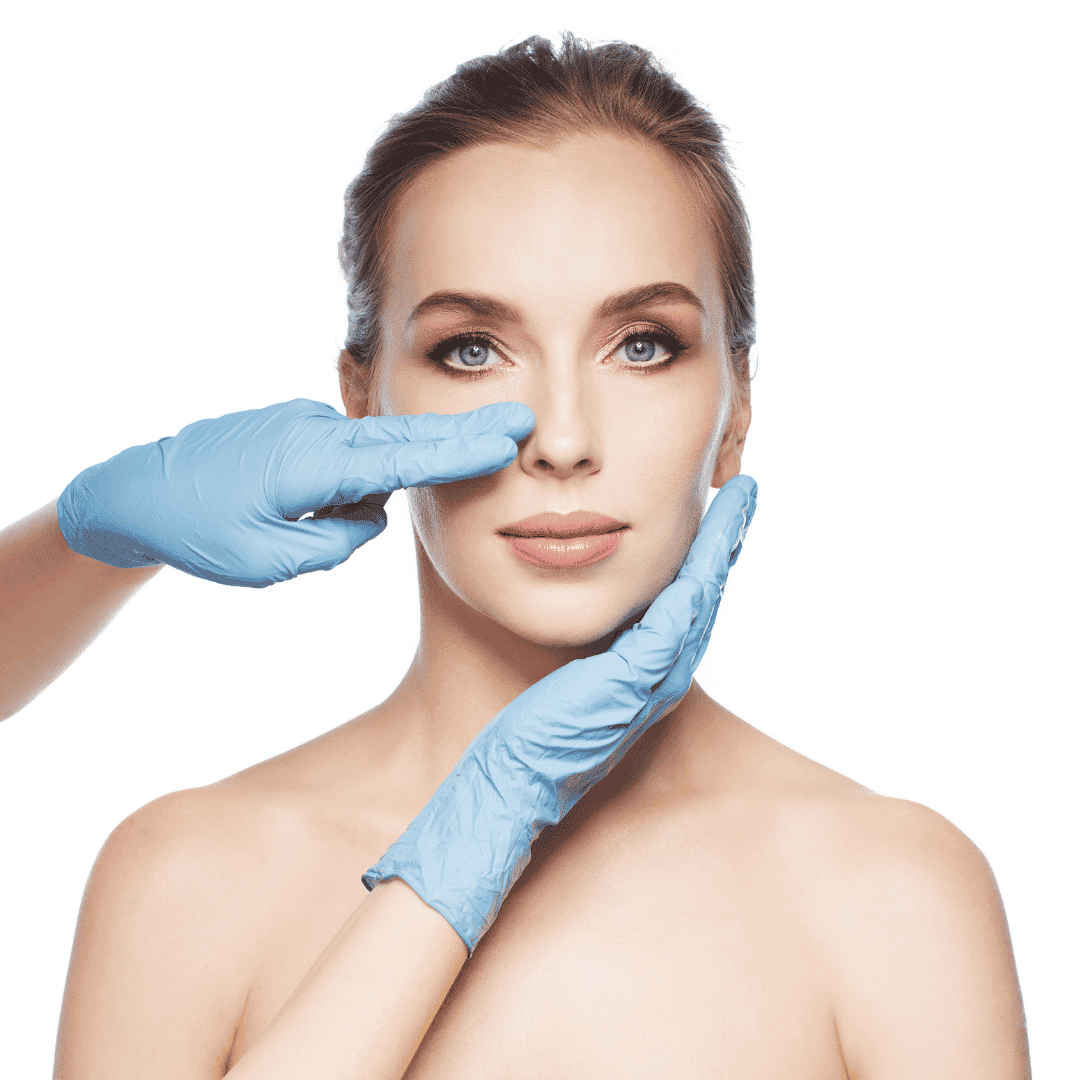
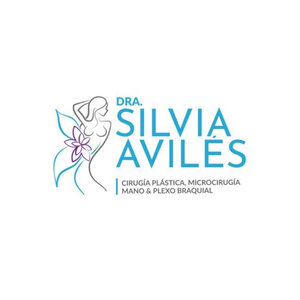
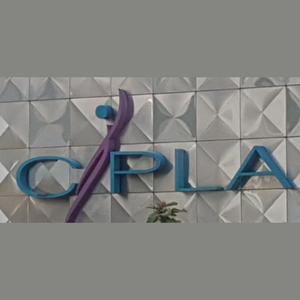
.png)


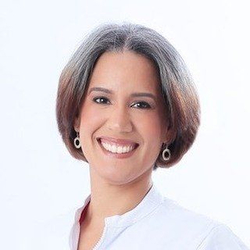
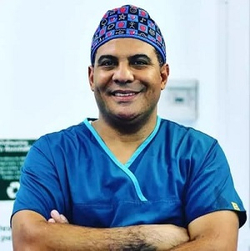
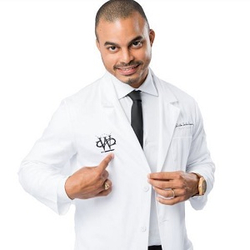
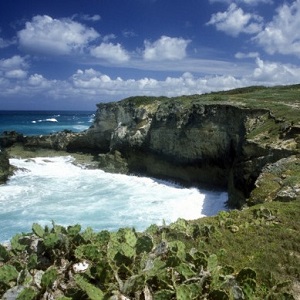




.png)
.png)


.png)
.png)

.png)

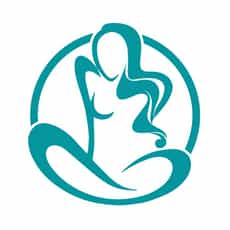
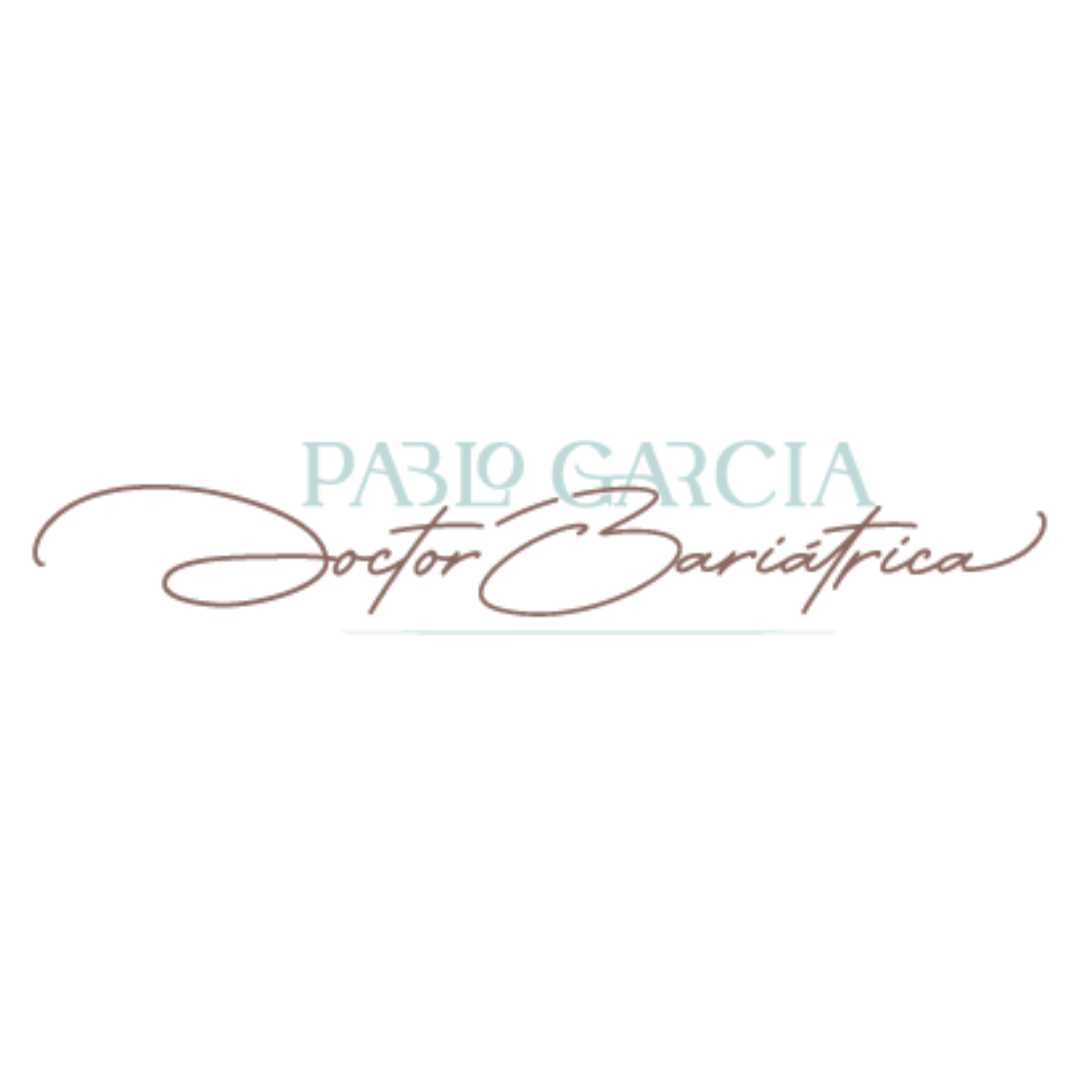
.png)


Share this listing